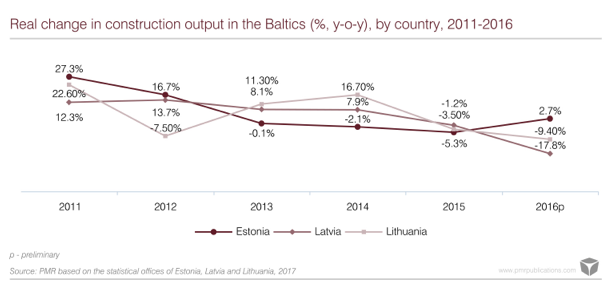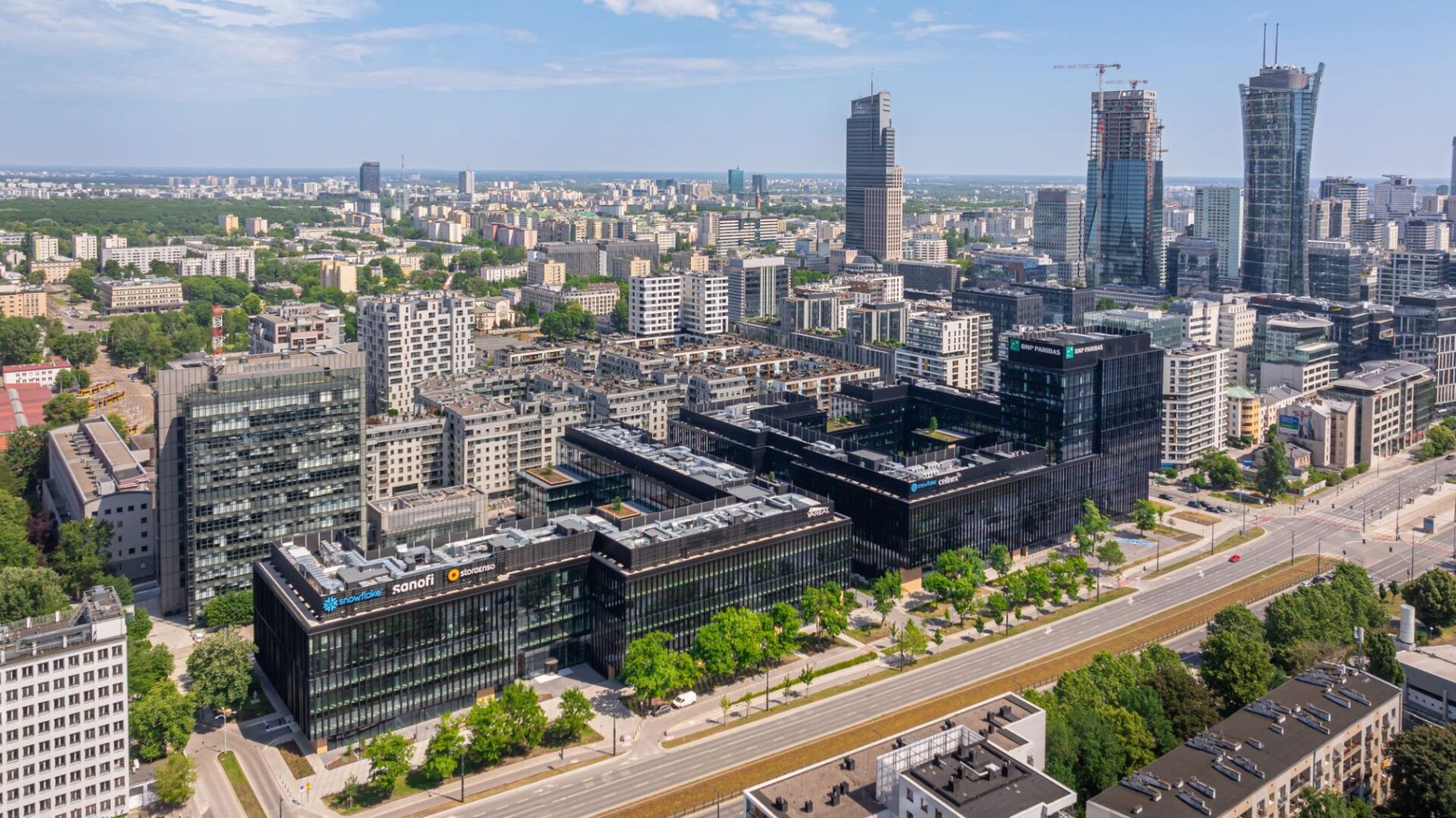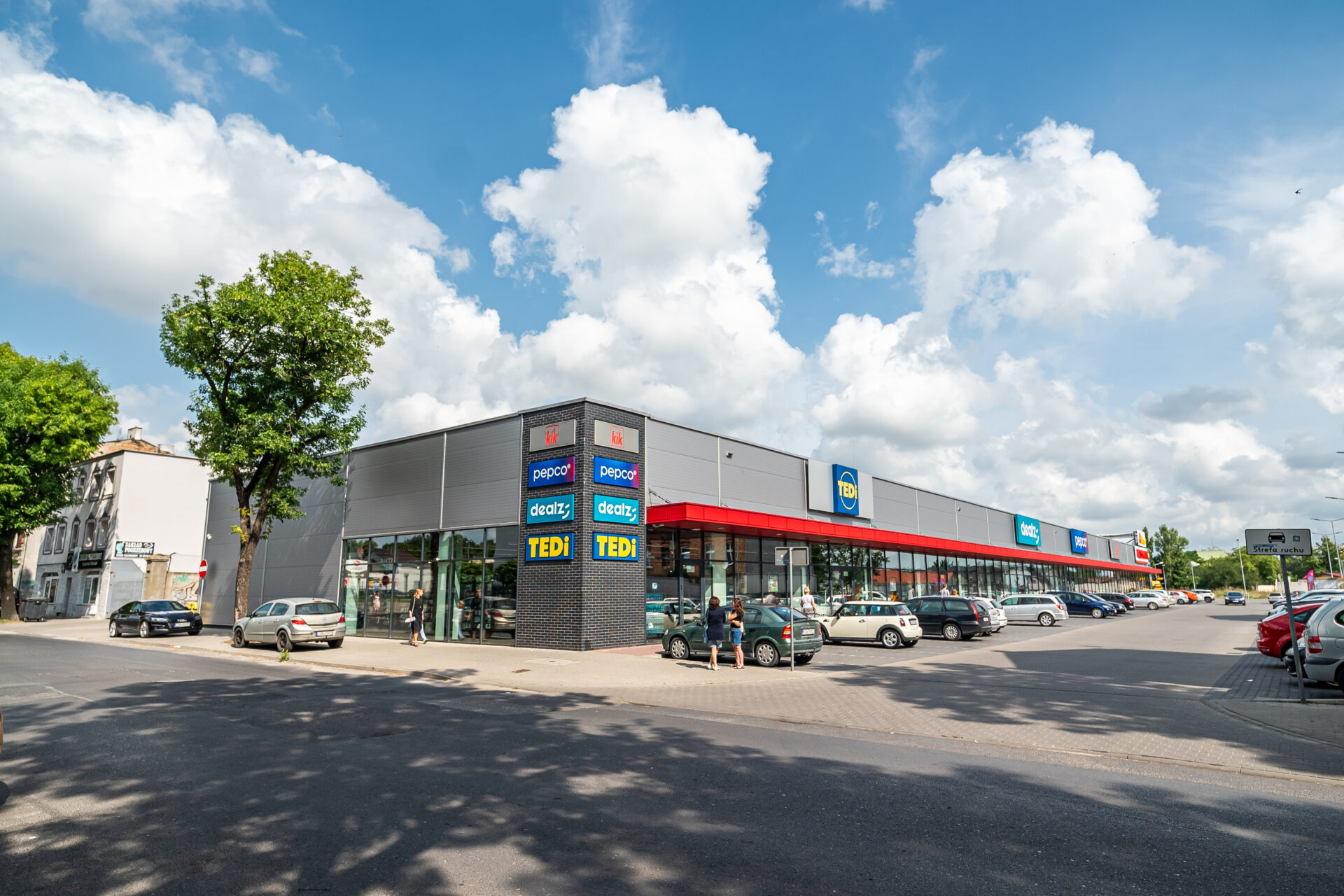PMR’s latest report, entitled “Construction Industry in the Baltic states 2017: Estonia, Latvia, Lithuania. Development forecasts for 2017-2022”, suggests that, with an average construction growth rate of only 1.3 percent between 2014 and 2016, Lithuania’s construction output exceeded that of Estonia, where an average annual growth rate of -1.6 percent was recorded, and considerably exceeded that of Latvia, where the construction industry contracted by 3.7 percent year on year on average, between 2014 and 2016.
According to PMR, Lithuanian construction output contracted by 9.4 percent in 2016, the seventh most substantial reduction among the EU countries. Furthermore, the weak performance recorded in the country in 2016 follows a less severe reduction of 3.5 percent achieved a year before.
In the last few years the Latvian construction industry has also continued to shrink, at an even greater pace than that in Lithuania. Last year, Latvian construction output tumbled by almost 18 percent in year-on-year terms, after a drop of approximately 1 percent recorded a year earlier.
By contrast, Estonian construction output exhibited a positive rate of growth in 2016, with a 2.6 percent increase last year, after a 5.3 percent reduction observed in 2015. It is worthy of note that the positive result recorded in Estonia in 2016 largely reflected the very low base effect established between 2013 and 2015, with Estonian construction output falling slightly in 2013, followed by a 2 percent year-on-year reduction in 2014, and another, in excess of 5 percent, in 2015.
PMR suggests that the key factors which recently contributed to the fall in construction activity in Lithuania and Latvia include a very high base effect, with double-figure average annual growth rates in construction in both countries between 2011 and 2014 (11 percent in Lithuania and 10 percent in Latvia) and a reduction in the amount of EU funds disbursed in accordance with the 2014-2020 financial strategy, caused largely by the gap between the two funding periods. Construction activity in the Baltics is expected to rebound to higher levels in 2017, as EU funding picks up in 2017 and higher GDP growth rates are anticipated for all three countries.







